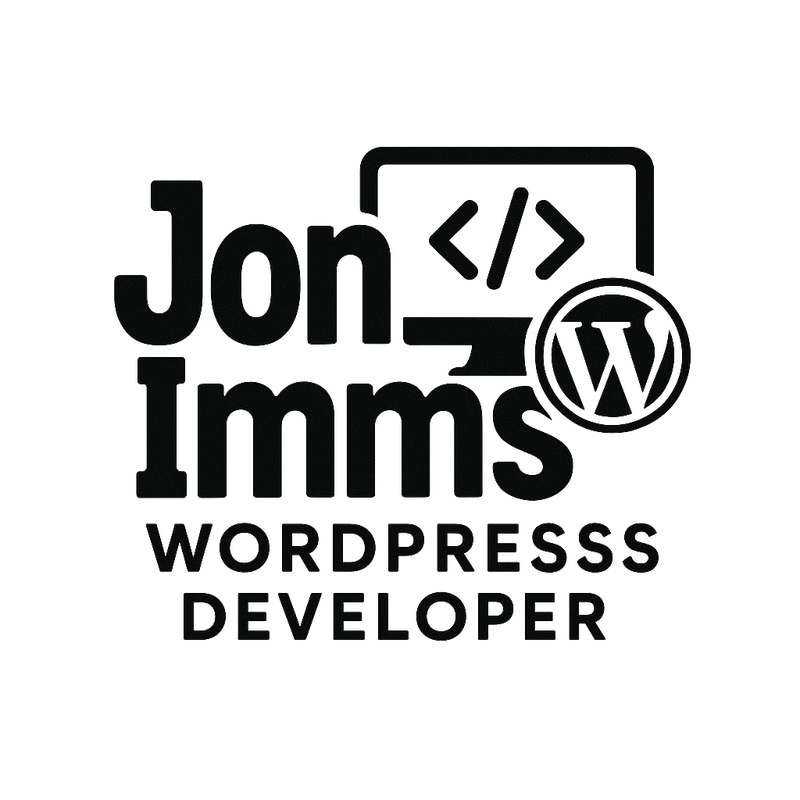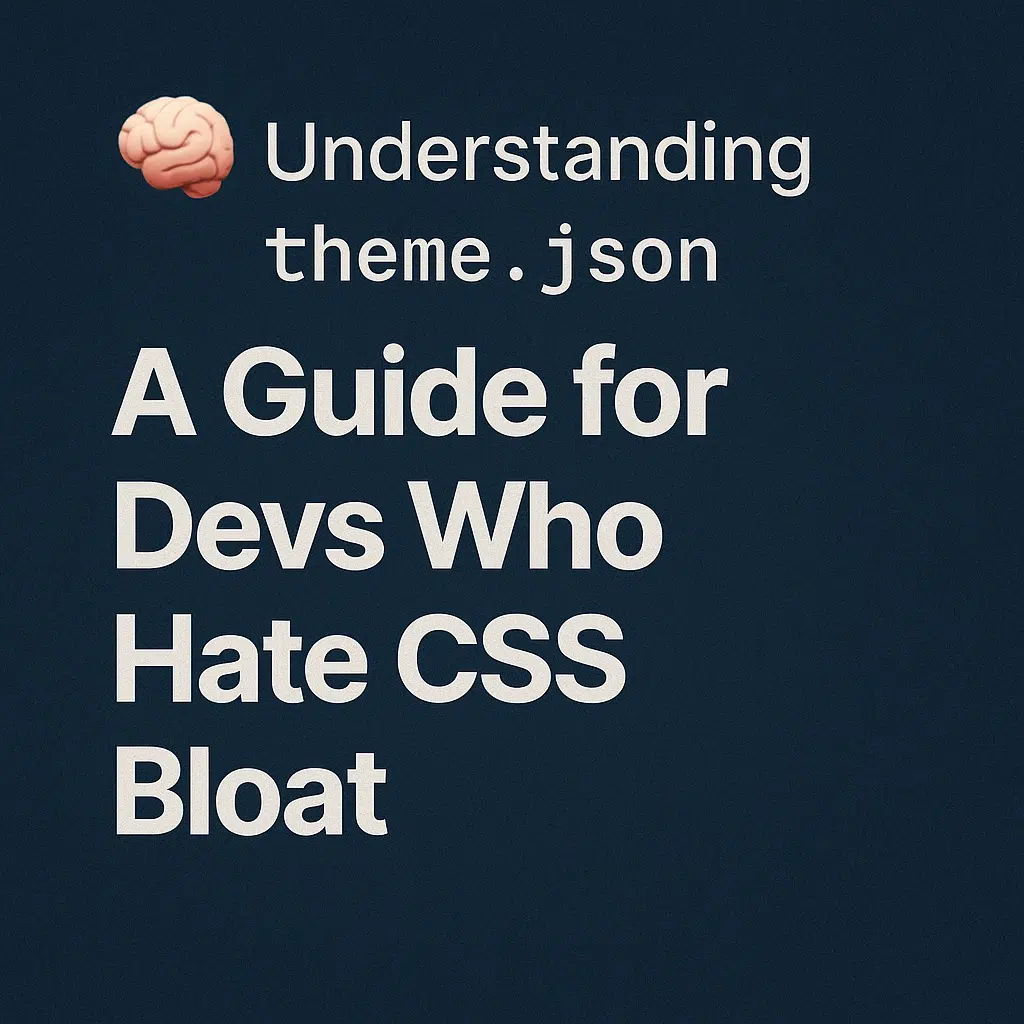If you’ve ever opened a WordPress theme’s style.css and been overwhelmed by hundreds of lines of utility classes, duplicate rules, and overly specific selectors — you’re not alone. Good news: with theme.json, we can finally ditch much of that bloat and manage design from a single, centralized place.
Whether you build custom block themes or tweak existing ones, understanding theme.json is key to writing less CSS, faster.
🚀 What is theme.json?
theme.json is a configuration file introduced in WordPress 5.8 that allows you to define theme styles, block support, and editor settings using structured JSON instead of traditional CSS or PHP functions.
- ✅ Set global colors, typography, layout, and spacing
- ✅ Control block support (like font sizes, drop cap, padding, etc.)
- ✅ Apply consistent design tokens across the block editor and frontend
🛠 Sample theme.json
{
"$schema": "https://schemas.wp.org/trunk/theme.json",
"version": 2,
"settings": {
"color": {
"palette": [
{ "name": "Primary", "slug": "primary", "color": "#1a73e8" },
{ "name": "Accent", "slug": "accent", "color": "#ff4081" }
]
},
"typography": {
"fontFamilies": [
{ "name": "Raleway", "slug": "heading", "fontFamily": "Raleway, sans-serif" },
{ "name": "Roboto", "slug": "body", "fontFamily": "Roboto, sans-serif" }
],
"fluid": true
},
"spacing": {
"units": ["px", "em", "rem"]
}
},
"styles": {
"elements": {
"h1": {
"typography": {
"fontFamily": "var(--wp--preset--font-family--heading)",
"fontWeight": "700"
}
},
"body": {
"typography": {
"fontFamily": "var(--wp--preset--font-family--body)"
}
}
}
}
}💡 Why Use It?
- Less CSS: Define styles once and apply them everywhere.
- Editor parity: What you see in the editor is what you get on the frontend.
- Cleaner codebase: Move design decisions from scattered stylesheets to structured config.
- Performance: Fewer custom classes = smaller CSS payload.
⚙️ Pro Tips
- Use a code editor with JSON schema support — it’ll auto-suggest properties.
- Pair with
theme.jsonviewers like jsonformatter.org for better formatting. - If using Frost or WP Rig, start by customizing their base
theme.json— they’re already well structured.
📦 Bonus: Combine with Patterns
theme.json shines even more when paired with block patterns. Define your styles globally, then reuse them with consistent design tokens across all patterns.
🎯 Final Thoughts
theme.json isn’t just a trend — it’s the future of WordPress theming. The more you lean into it, the less repetitive code you’ll write, and the more predictable your styling will be.
Have a favorite tip or setup using theme.json? Hit me up — I’d love to hear how others are using it in the wild.


Leave a Reply